
Fire In The Wild Need to Master The Common Sense And Key Points
In an emergency situation where you are camping outdoors and lack camping equipment, a campfire can be a lifesaver. If you're cold and wet, don't have an available stove, and don't have a shelter or tent, a campfire can help you combat the risk of losing heat. In this case: (This article is about emergency fires in survival situations, and this course is for outdoor leaders and experienced enthusiasts. Even so, the person responsible for the resulting fire will have to bear the cost of sentencing and even pay for his life)
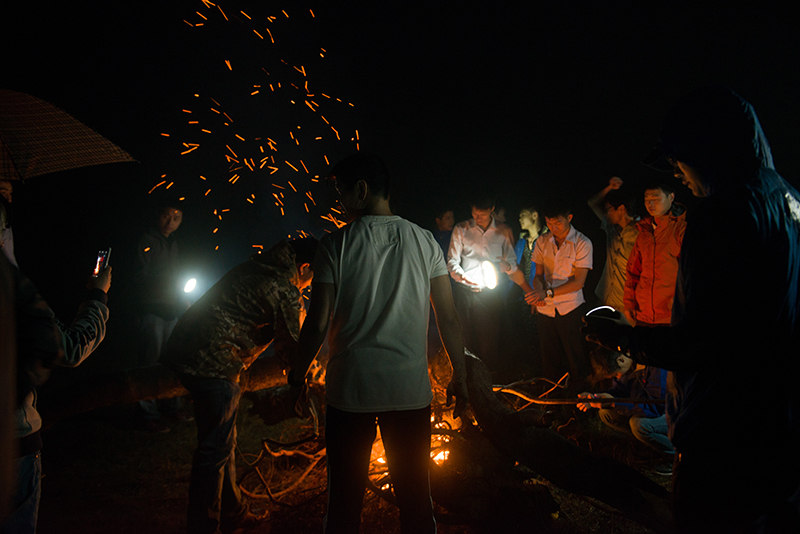
A. Wildfire can follow some of the following points.
1. Know the fire restrictions before you go hiking and camping activities.
Many times, the management of a scenic spot or hiking area will give some fire requirements, especially during the fire-prone season. Along the hiking trail, pay attention to the postings and signs regarding wildfires and forest fire prevention. Note that in some areas, fire control will be stricter during fire-prone seasons. It is your responsibility for hikers to be aware of these requirements.
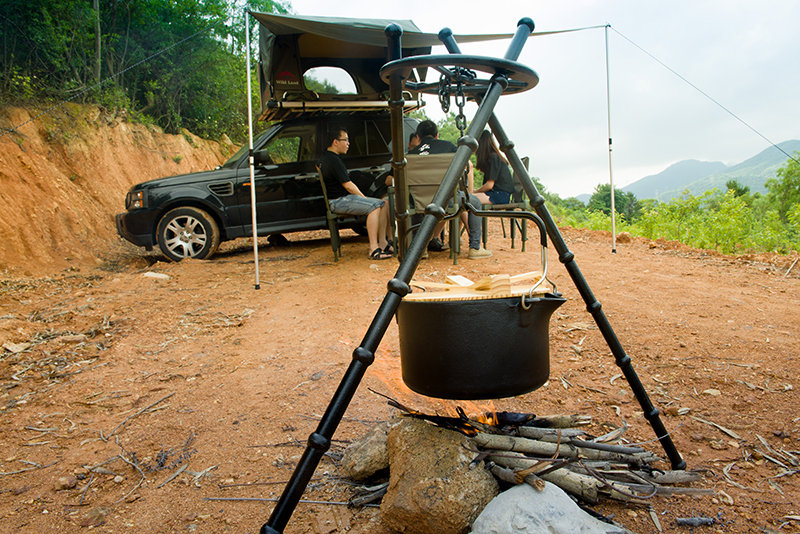
2. Collect only some fallen branches and other materials, preferably from a place far away from the camp.
Otherwise, after a period of time, the area around the camp will be in a very unnatural and bare state. Never cut down living trees or break off branches from growing trees, and don't even pick branches from dead trees, because there will be a lot of wild animals that will use these places

3, do not use too high too thick fire.
A large amount of firewood will rarely burn completely, usually leaving black charcoal and other campfire remains, thus affecting the biological recirculation
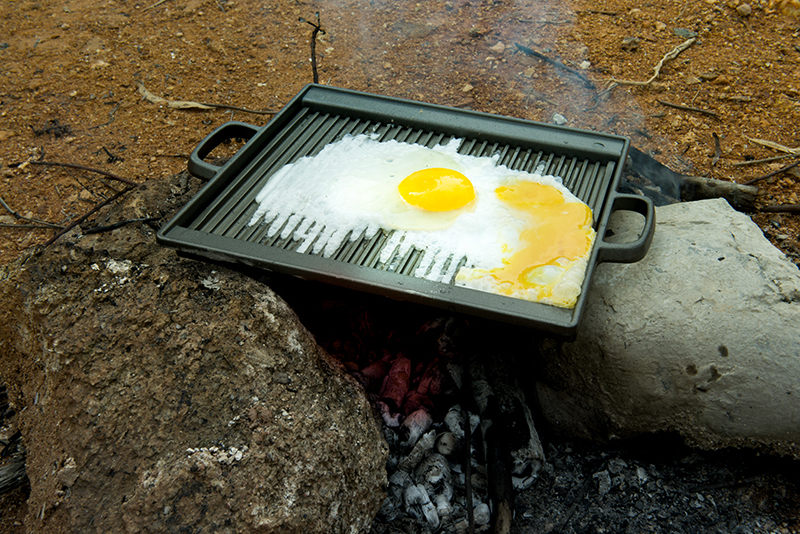
4, in places where fires are allowed, you should use the existing fire pits.
Only in an emergency, you can build a new one yourself, and if conditions permit, it should be restored to its original state after use. used to build barbecue grills, etc..If the fire pit is already there, you should clean it up when you leave.
5. Near the fire pit, all materials that may burn should be removed.
Ideally, the area you use for the fire should be non-combustible, such as dirt, rocks, sand, and other materials, (which can often be found near the river).
The constant heat will make the otherwise healthy soil very poor, so you should take care to choose your fire site.
If you are living in an emergency to save your life, then it is understandable that you have not considered the continued use of the soil. However, do not destroy the natural landscape too much. At such times, fire starters and waterproof matches will be something useful for you. Fire pits and alternative fire rings can also be used. You can use tools and make a 15 to 20 cm high circular platform using mineralized soil (sand, light-colored poor soil). Use this as your place to make a fire. If conditions allow, you can build this platform on a flat rock. This is mainly to avoid damaging any soil where plants can grow. After you are done with the fire, you can easily push the fire platform away. Some people even take something like a barbecue plate out to serve as a mobile fire platform.
6. Take away the ashes left behind.
Pick out any charcoal that can be found in the fire ring, crush them up and take them away, and spread them over a larger area. Tear down anything you build to live on, don't leave any pieces of wood or anything like that. This may sound like a lot of work, but it's a responsible act for eliminating the long-lasting effects of wildfire use.
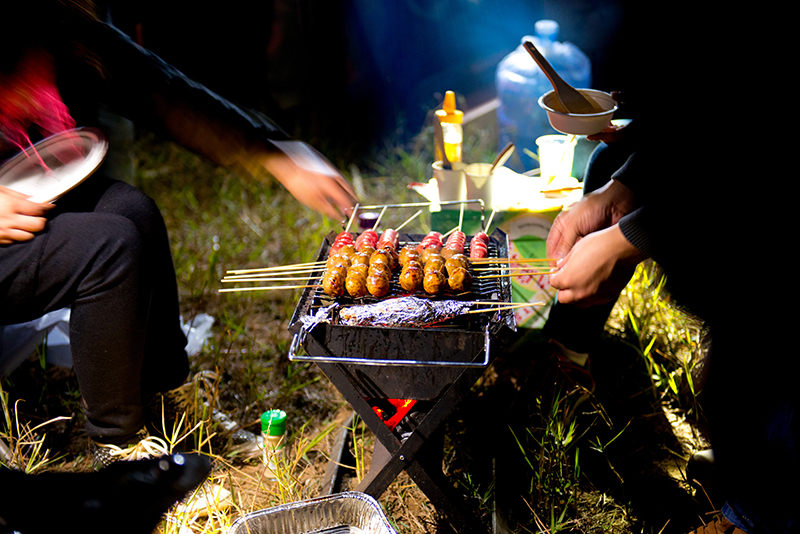
Second, fire building and fire extinguishing.
1, in the beginning of the fire, you can use a dry branch tree up a small hollow cone, the middle stuffed with some leaves and hay, and then lit with a match. (Note that carrying a fire starter or waterproof matches, fire-making materials is one of the top ten precautions.)
2, when the temperature of a small fire rises, add some larger branches as appropriate. Move the lit branches and so on to the center of the fire to let it burn completely. The ideal situation is that you should burn these to white ash.
3, only those who can be completely burned by fire, and can be burned to ashes of the garbage should be used to burn. Do not try to burn the plastic, cans or aluminum foil and other materials. If you do need to burn some of the garbage can not be completely burned, then finally you need to pick out all the things left to take away, or throw to the nearby garbage collection point.
4, never leave a fire unattended.
5, if you need to dry clothes, you can bolt a rope in the tree next to the fire, and then hang the clothes on the rope.
6、When putting out a fire you need to pour water on it first, then stomp out all the sparks, and then continue to pour more water on it. Try to do this more than a few times to completely get the fire out. When you leave the fire point, the ash left behind should be able to touch the level of only. Be sure that all the embers and sparks have been extinguished and become cold before you can leave.
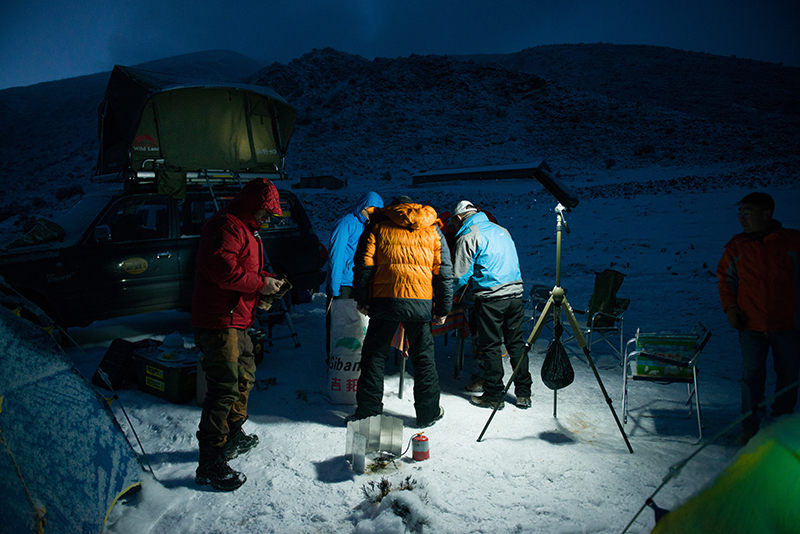
Campfires are not allowed in the wilderness most of the time, sometimes it is very important in emergency situations. If you are building a fire, it is your responsibility to know how to build it, keep it safe, and finally put it out safely and responsibly, with minimal possible repercussions. Camping life can be fun, but at the same time, it must be safe.